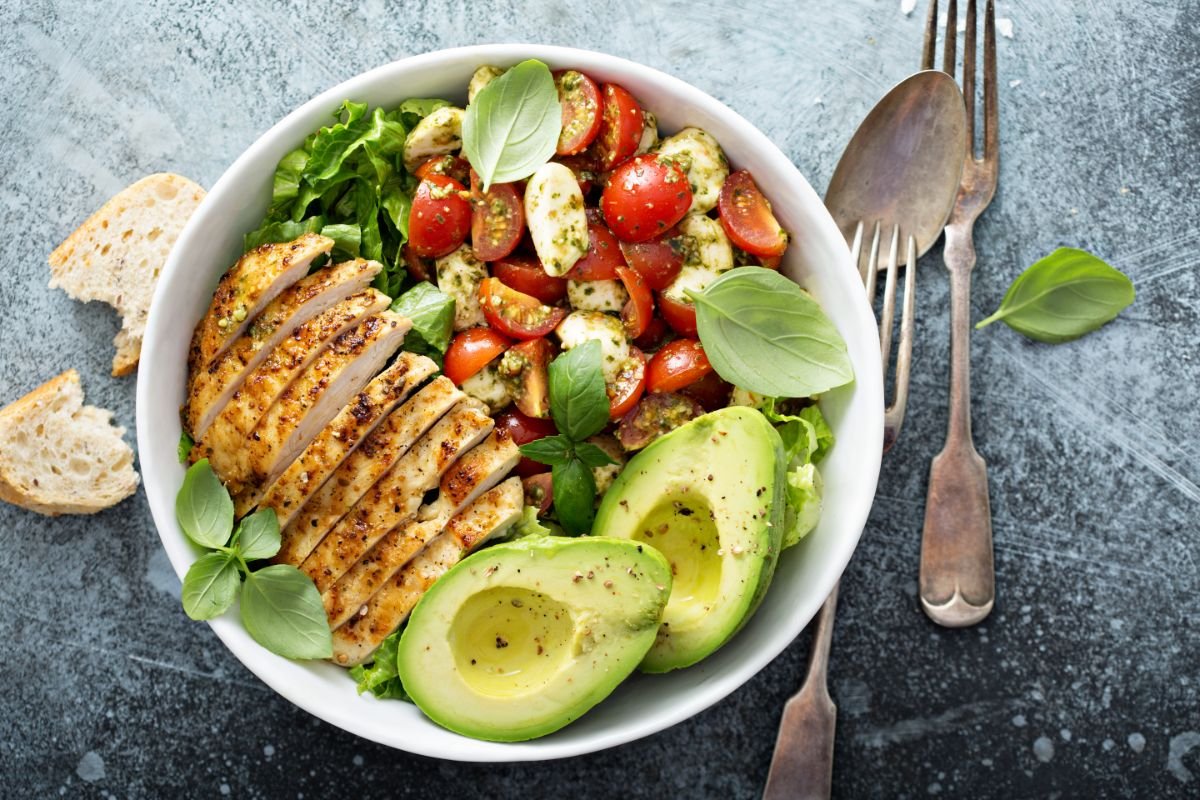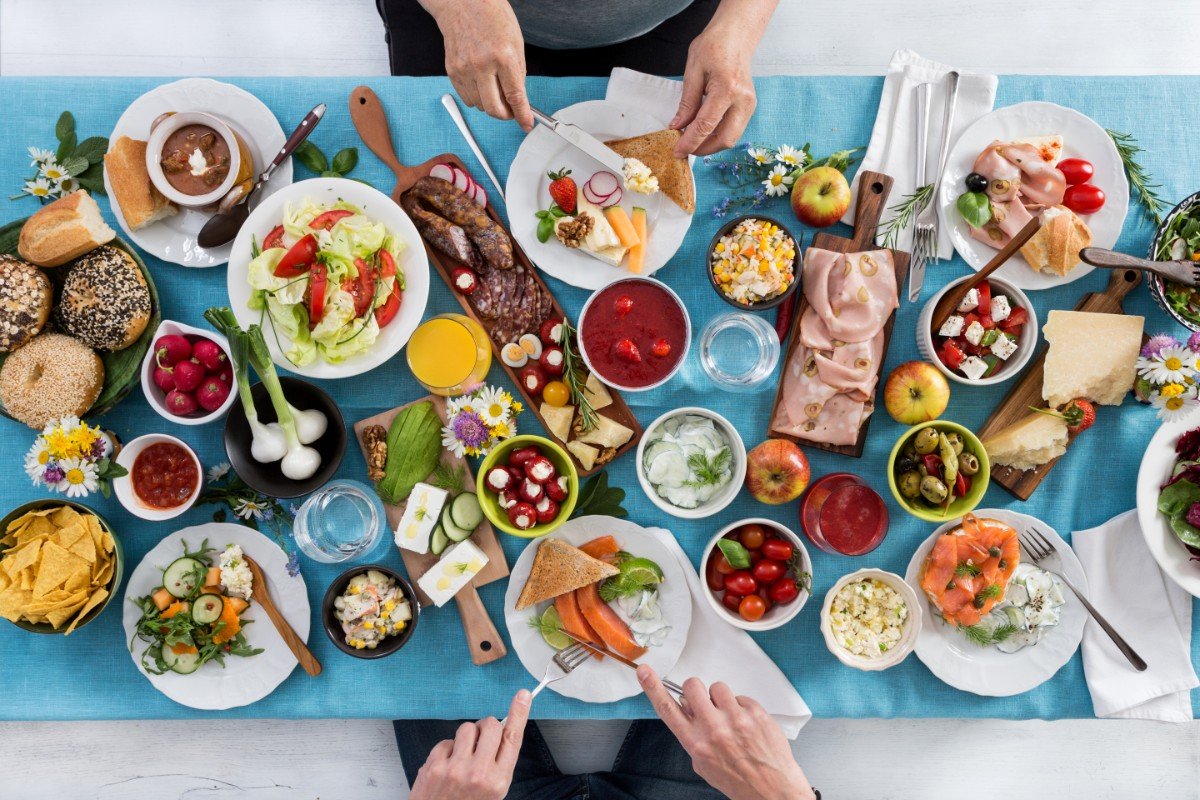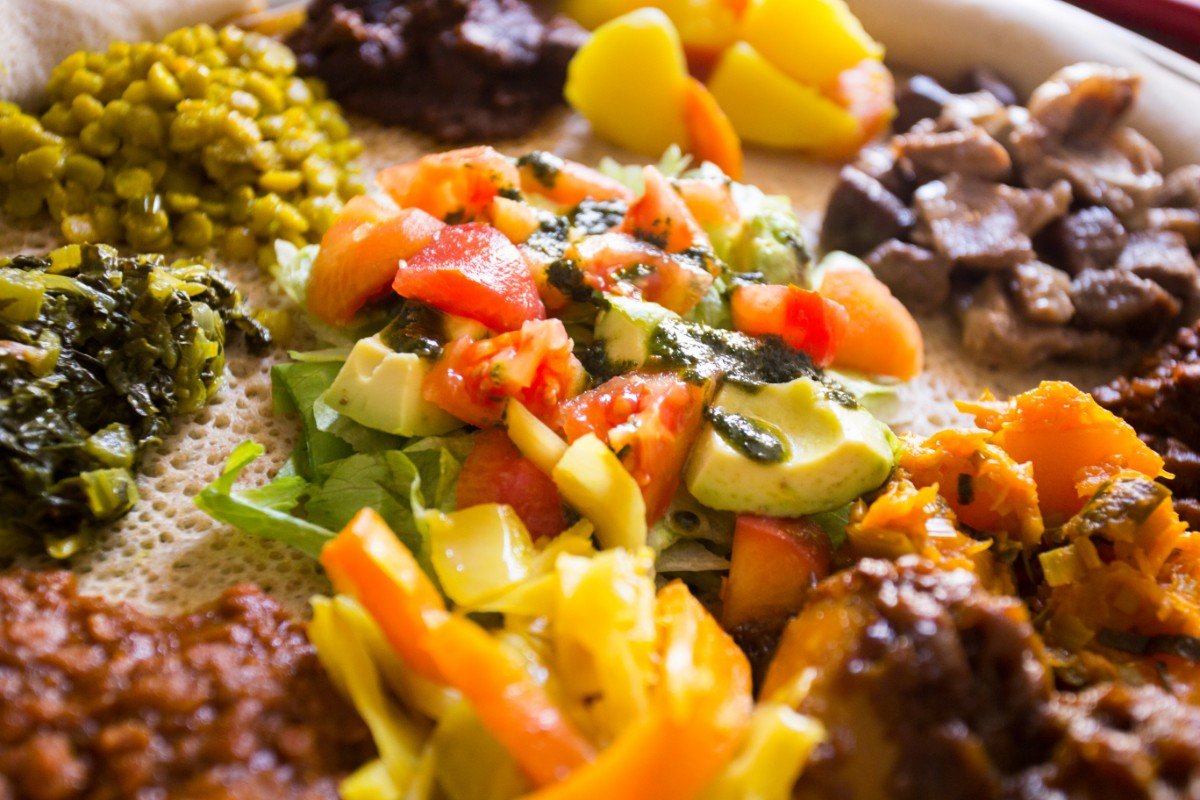Lunch, often overlooked in the rush of daily life, holds a significant place in our dietary and cultural practices. It’s not just a mid-day meal to tide us over until dinner; it’s a vital source of energy and nutrients that fuels our afternoon activities and maintains our metabolism. In this blog, we’ll explore the various dimensions of lunch, from its nutritional benefits to the rich tapestry of cultural traditions around the globe. We’ll also dive into practical advice for preparing quick and healthy lunches, whether you’re eating at your desk or dining out. Join us as we uncover the secrets to making the most out of your lunchtime.
The Nutritional Angle of Lunch

Lunch plays a pivotal role in our daily nutrition, acting as the cornerstone for a balanced diet and sustained energy levels. In this section, we delve into the essential components of a nutritious lunch, focusing on macronutrients, micronutrients, and the importance of hydration. Understanding these elements can help you craft meals that not only satisfy your taste buds but also nourish your body.
Macronutrients: Building Blocks of a Satisfying Lunch
Macronutrients, including carbohydrates, proteins, and fats, serve as the primary energy sources for our bodies. A well-balanced lunch incorporates a healthy mix of these elements to ensure sustained energy throughout the afternoon.
- Carbohydrates: Opt for complex carbohydrates like whole grains, vegetables, and fruits. They provide a steady release of energy, keeping you fueled and focused.
- Proteins: Include lean protein sources such as chicken, fish, tofu, or legumes. Proteins are essential for repairing tissues and supporting immune function.
- Fats: Don’t shy away from healthy fats found in avocados, nuts, seeds, and olive oil. These fats are crucial for absorbing vitamins and maintaining brain health.
Micronutrients: The Unsung Heroes of Health
While macronutrients get most of the attention, micronutrients—vitamins and minerals—play an equally vital role in maintaining health and energy levels.
- Vitamins: Incorporate a variety of vegetables and fruits into your lunch to cover a broad spectrum of vitamins. For example, vitamin C in citrus fruits aids iron absorption, and vitamin A in carrots supports eye health.
- Minerals: Elements like iron, magnesium, and calcium are pivotal for functions ranging from oxygen transport to bone health. Spinach, dairy products, and nuts are excellent sources of these essential minerals.
Hydration: The Foundation of Vitality
Hydration is a key component of a nutritious lunch. Adequate fluid intake supports digestion, nutrient absorption, and overall health.
- Water: Aim to drink water throughout the day, not just at lunch. It’s the best choice for staying hydrated without adding extra calories or sugar.
- Herbal Teas: Herbal teas can be a warming, calorie-free way to stay hydrated during colder months.
- Limit Sugary Drinks: Beverages high in sugar, like sodas and fruit juices, can lead to energy crashes. Opt for water, unsweetened teas, or infused water for a healthier lunchtime drink.
Crafting a lunch that includes a balance of macronutrients and micronutrients, along with staying hydrated, can significantly enhance your midday meal’s nutritional value. This approach not only supports your physical health but also boosts your mental alertness and energy levels, making the most of your lunch break.
Cultural Lunch Traditions Around the World
Lunch, a meal celebrated across the globe, varies widely from one country to another, reflecting diverse culinary traditions, historical influences, and lifestyle choices. This exploration of lunch traditions in different cultures not only reveals unique dishes but also highlights how these practices are deeply embedded in the social fabric of each region. Let’s embark on a culinary journey to discover the lunchtime customs of five fascinating cultures.
Italy: A Midday Feast of Flavors
In Italy, lunch (pranzo) is often the main meal of the day, featuring multiple courses enjoyed over a leisurely pace. The meal typically begins with a light starter (antipasto), followed by a first course (primo) of pasta or risotto. The second course (secondo) includes meat or fish, accompanied by side dishes (contorni) of vegetables. Italians cherish this time, often gathering with family or friends to enjoy the meal and a short rest before returning to their day’s activities.
Japan: A Balanced Bento
The Japanese bento box exemplifies the importance of balance and variety in a meal. A traditional bento includes rice, fish or meat, and pickled or cooked vegetables, neatly arranged in a compartmentalized box. This portable lunch is a testament to Japanese ingenuity, offering a nutritious, satisfying meal that can be enjoyed anywhere, from schools to offices and picnics.
Mexico: The Hearty Comida
In Mexico, the main meal of the day, known as comida, takes place in the afternoon. It often starts with a soup (sopa) or salad (ensalada), followed by a rice or pasta dish. The main course (plato fuerte) could be a meat or fish dish, with beans and tortillas on the side. A dessert (postre) and a light drink like agua fresca round off the meal. This hearty meal reflects the vibrant flavors and communal spirit of Mexican culture.
Spain: Late Lunch and Siesta
Spaniards typically enjoy their lunch, the largest meal of the day, between 2 and 4 pm, often followed by the famous siesta. The meal might start with appetizers or salads, followed by a main dish such as paella, a seafood or meat dish, and conclude with desserts like flan or fruit. The late lunch aligns with Spain’s later dinner time, fostering a social atmosphere where families and friends gather to enjoy food and conversation.
India: A Diverse Palette of Flavors
Indian lunch varies greatly by region but commonly includes a combination of rice or bread (like roti or naan), lentils (dal), vegetables, and meat or fish for non-vegetarians. Meals are often served with a variety of side dishes, including yogurt, chutney, and pickles, to enhance the flavors. Indian lunches are vibrant and flavorful, showcasing the country’s rich diversity in cuisine and culture.
Quick and Easy Lunch Ideas
In the hustle and bustle of daily life, finding time to prepare a nutritious and satisfying lunch can be a challenge. Yet, with a bit of creativity and planning, you can enjoy delicious meals that are both quick to prepare and healthful. This section provides a selection of easy lunch ideas catering to various dietary preferences, including vegan, gluten-free, and traditional diets. These recipes not only draw inspiration from global culinary traditions but also emphasize convenience and nutrition.
Vegan Delights: Energizing and Plant-Based
- Chickpea Salad Sandwich: Mash canned chickpeas and mix with vegan mayonnaise, diced celery, onions, and a pinch of salt and pepper. Spread onto whole-grain bread for a protein-packed sandwich.
- Quinoa Tabbouleh: Combine cooked quinoa with chopped tomatoes, cucumbers, parsley, mint, lemon juice, and olive oil for a refreshing and filling lunch.
Gluten-Free Goodness: Flavorful and Wholesome
- Rice Paper Rolls: Fill rice paper wrappers with shrimp or tofu, vermicelli noodles, and a variety of vegetables like carrots, cucumber, and lettuce. Serve with a side of peanut or hoisin sauce.
- Polenta with Roasted Vegetables: Top grilled polenta slices with a mix of roasted peppers, zucchini, and eggplant. Add a sprinkle of fresh herbs and feta cheese for extra flavor.
Classic Comforts: Quick and Satisfying for Everyone
- Turkey and Avocado Wrap: Spread a whole wheat tortilla with cream cheese, add slices of turkey breast and avocado, then roll up for an easy-to-eat lunch.
- Pasta Salad with Pesto and Chicken: Toss cooked pasta with homemade or store-bought pesto, diced grilled chicken, cherry tomatoes, and mozzarella balls. This dish is great served cold or at room temperature.
Tips for Time-Saving Meal Preparation
To make lunch preparation even more efficient, consider these tips:
- Batch Cook: Prepare components like grains, proteins, and vegetables in advance. Store them in the fridge for easy assembly during the week.
- Use Leftovers Wisely: Transform dinner leftovers into lunch for the next day. A piece of grilled fish or chicken can become a salad topping, and vegetables can fill a wrap or sandwich.
- Keep It Simple: Delicious lunches don’t have to be complicated. Focus on quality ingredients and simple combinations that you enjoy.
By incorporating these quick and easy lunch ideas into your routine, you’ll not only save time but also enjoy a variety of nutritious meals that keep you energized throughout the day. Next, we’ll explore the benefits and drawbacks of eating out versus packing lunch, helping you make informed choices based on your lifestyle and preferences.


